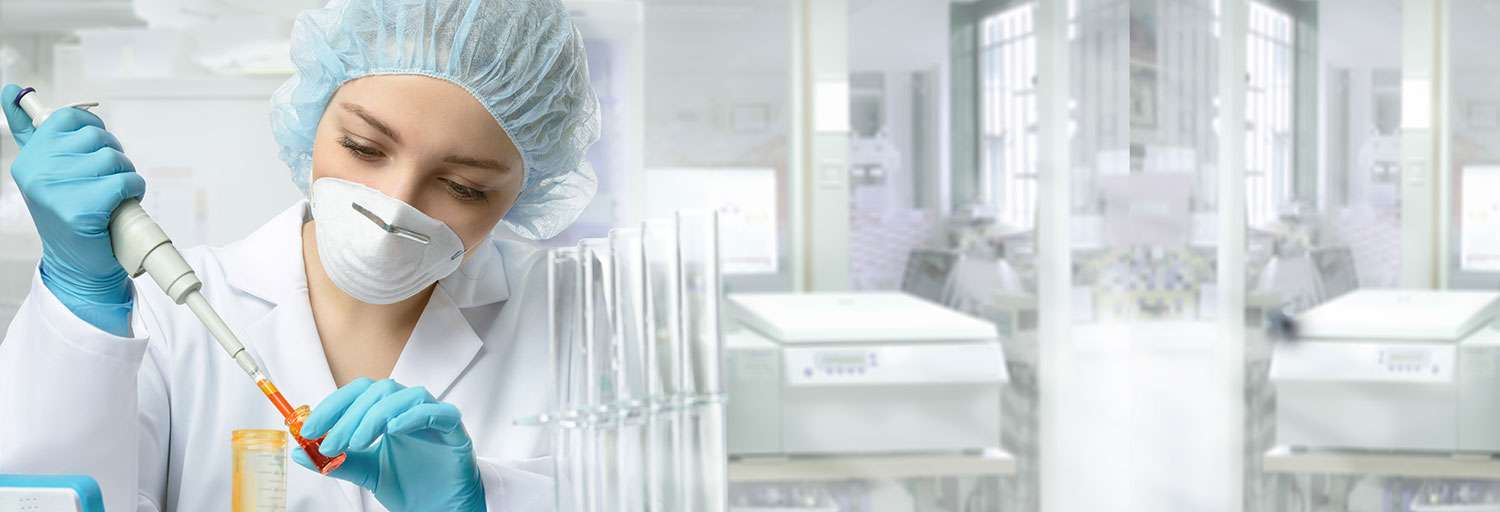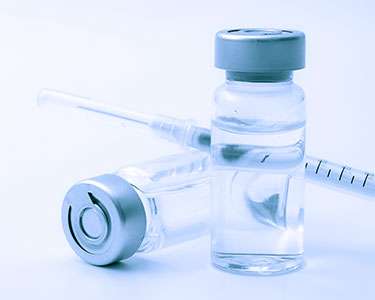Contact Us
- Solutions
- Resources
- About
- Contact Us
close
Optional callout banner for highlighted news or events
Learn More
Since the passing of the Biologics Control Act in 1902, the large-molecule sector is emerging as the next generation of therapeutics in biopharma, at the forefront of drug development because of the potential for biologics to treat unmet medical needs. Their rise in popularity, and importance, can be witnessed by the growing number of biologics approvals: in 2020, the Food and Drug Administration’s (FDA) Center for Drug Evaluation and Research (CDER) approved 53 new molecular entities (NMEs), of which 13, or 25%, were biologics. New drug approvals from the FDA are also expected to generate significant value in 2021 with 10 drugs projected to reach potential blockbuster status by 2026, five of which are biologics, according to Evaluate Vantage.1
Biologics are typically derived from living cells, they are complex, and typically classified as proteins. Often given through injection, or infusion, these molecules transport drug to specific locations within the body before releasing the compound. Of course, today, the world is paying especially close attention to vaccines. Both the Pfizer and Moderna SARS-COV-2 vaccines are mRNA-based, which takes advantage of normal biological processes to express proteins and create a desired therapeutic effect while the Johnson & Johnson vaccine is based on adenovirus, which, when modified, enters cells but cannot make new virus particles.
Despite the laser focus on COVID-19 vaccines – both first and second generation – biopharma has not let other vaccine programs be derailed. But, to get these projects over the finish line, they find themselves in need of aseptic manufacturing (fill-finish) capacity.

Because fill-finish is a critical part of the biopharmaceutical manufacturing process, even the smallest mistake can lead to production failure which equates to an overall loss with an already expensive product. And the specialized aspect of fill-finish can impact the rate at which product reaches clinical trials or the market.


A CDMO can help you choose the type packaging for the aseptic fill-finish of your large molecule biologic: primary (i.e., vials or prefilled syringes) and secondary (i.e., cartons and labels on vials).
For the purpose of this discussion, we are focused on primary packaging.
Choosing the correct container for a biologic injectable is crucial for the stability of the drug and the safety of the patient.
Packaging material for vials and prefilled syringes used during the aseptic manufacturing process typically includes:

Devan Patel, who joined Pii in 2012, is Vice President of Client Services where oversees Pii’s Business Operations functions. He previously served as Pii’s Senior Director, Project Management since 2012. In that role, Devan played a key role in Pii’s development and commercial programs for orals and injectables. With his leadership, Pii has built a world-class Project Management Organization (PMO) consistently characterized by superb customer experience. Over the years, Devan has used his knowledge and technical skills to play a vital role for the Operations team, managing key initiatives for the Parenteral/Sterile business unit, including managing the overall scheduling and planning of all Aseptic Operations. His collaborative style when working with cross-functional teams across Pii’s business units and ability to anticipate problems before they occur as raised the role of project management to an artform. Devan delivers a positive, outcomes-focused experience for our client-partners, from initial contact through successful completion of each project.
Devan earned his Bachelors in Cell Biology and Molecular Genetics from the University of Maryland and a M.B.A. from Johns Hopkins University.
Like what you read? Share with your network: